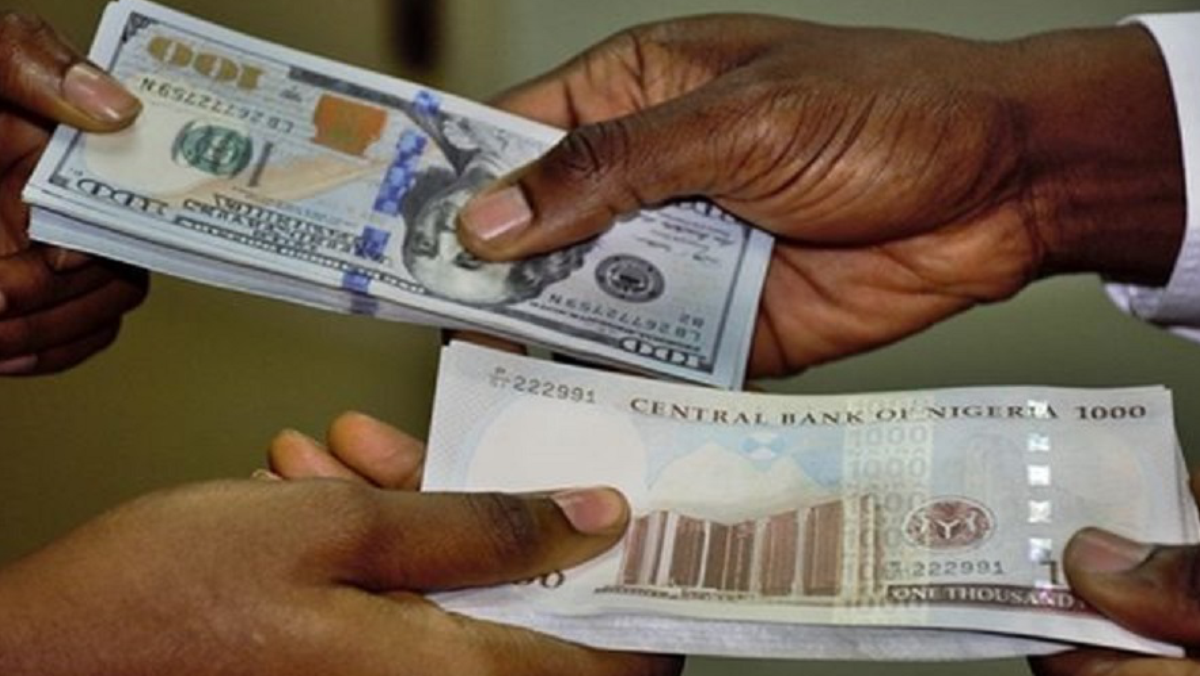Devaluation of the naira is undoubtedly the most effective tool against Nigerians’ prosperity. The adoption of the IMF’s Structural Adjustment Program during Babangida’s regime marked the beginning of Nigeria’s transition from a potential industrial powerhouse with a thriving social affluence to a subdued and stumbling economy. At the time, the chorus from international agencies claimed that falling oil prices, an unserved debt burden, and the ensuing restriction of trade credit to Nigeria were the results of an allegedly overvalued Naira exchange rate.
In contrast to the N464.51 to the dollar at the end of business on May 26, the Naira appreciated versus the dollar on Tuesday, trading for N464.50 at the Investors’ and Exporters’ window.
On Tuesday, the open indicative rate reached a high of N464.10 to the dollar.
Before it ended at N464.50 on Tuesday, the exchange rate reached a high of N467 to the dollar during trading.
In the course of the day’s trade, the naira fell as low as 460 to the dollar.
On Tuesday, transactions at the official Investors and Exporters window totaled 120.36 million dollars.






